How to propagate perennial sunflowers – experts share tips for dividing plants and sowing seeds
Increase your stock of these summer bloomers with this simple guide


We often gravitate towards annual varieties of sunflowers. They're simple to start from seed, shooting up quickly in a sunny spot, and there are lots to choose from (I'm particularly fond of the ones with reddish hues). However, if you're looking for a statement plant that comes back year after year, perennial sunflowers are well worth a spot in your garden.
Like annual sunflowers, the perennial types are great for attracting pollinators and bring a burst of cheerful color to any planting scheme. While some types are short, most are tall and spreading, making them excellent additions to the back of a border.
Potted perennial sunflowers can be bought from nurseries and garden centers. But, if you already have one of these summer-blooming plants, you may want to try propagating it to increase your stock. There are two main ways to do this – by division or by seed – and below, gardening experts share their tips on how to go about it. Just remember, before propagating any plant, to check whether your chosen variety is patented.
How to propagate perennial sunflowers by division
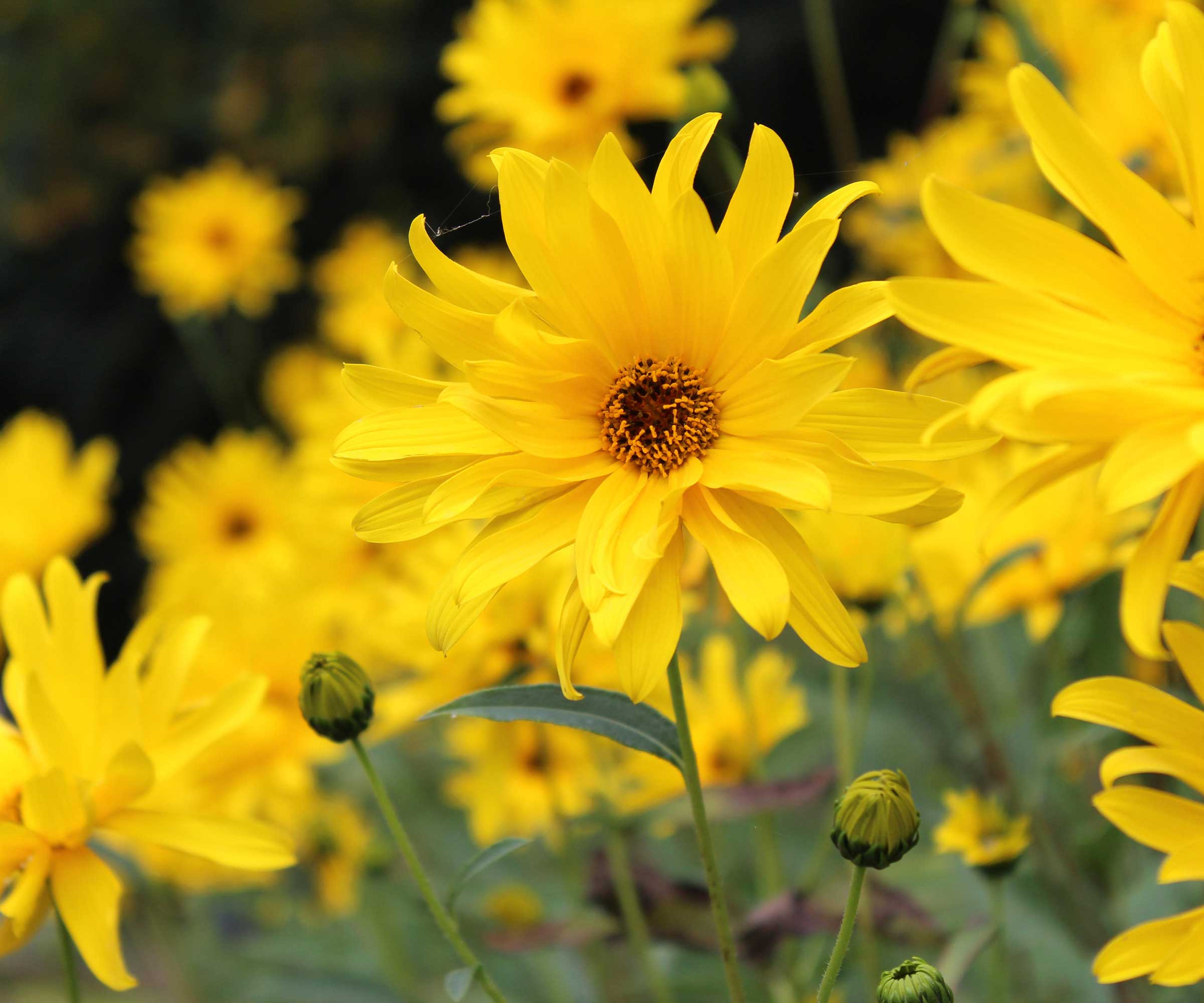
Splitting established plants helps keep them healthy
The simplest way to grow new perennial sunflowers for free is to divide a plant that's already established in your yard.
There are other benefits to this, too. Established plants can become congested over time, which can lead to lesser blooms and lack of vigor. As Amy Enfield of ScottsMiracle-Gro points out, dividing can help rejuvenate those that seem less robust. Division is also a great way to help manage size, she adds – useful if your plant has grown too large for its designated space.
Amy shares her step-by-step guide below:
- 'Before you divide your perennial sunflower, have your new location for your divisions prepped to help minimize plant stress,' Amy says. 'Choose a spot with well-draining soil and ample sunlight. Enhance the soil by mixing in nutrient-rich compost or Miracle-Gro Organic™ Raised Bed and Garden Soil [available from Amazon].'
- Using a sharp spade or digging fork, carefully dig around the edge of the clump. 'Try to get as much of the root ball as possible, which means digging a few inches away from the edge of the clump,' Amy says. 'Once you have loosened the soil, gently lift the entire clump out of the ground.'
- 'For smaller clumps, gently pull the sections apart using your hands. For larger, more established clumps, use a sharp spade or garden knife to separate the clump.' Each new division should have at least three to five healthy shoots or buds with a healthy, intact root system, she adds. 'Examine each division, discarding any old, woody parts and trimming away any damaged or dead roots.'
- Next, it's time to plant your new divisions, ensuring they're at the same depth as they were previously growing. 'Fill in around the roots with soil, gently tamping down to remove any air pockets.'
- Amy recommends giving your new divisions a deep watering immediately after planting, explaining how this will help settle the soil and provide moisture to the roots. 'Continue to water the newly planted divisions regularly until they are well-established.' You can also apply two to three inches of mulch around the plants after planting, she adds, which will help to conserve moisture.
Top tip: Amy suggests watering your plant thoroughly a day or two before you plan to divide it. 'This makes sure the plant is well-hydrated and helps reduce the stress of being uprooted.'
Design expertise in your inbox – from inspiring decorating ideas and beautiful celebrity homes to practical gardening advice and shopping round-ups.

Amy has 30 years of experience in the lawn and garden industry and has been with ScottsMiracle-Gro for 13 years. She has a BS and MS in Horticulture from Michigan State University and a PhD in Plant and Environmental Sciences from Clemson University.
How to propagate perennial sunflowers by seed
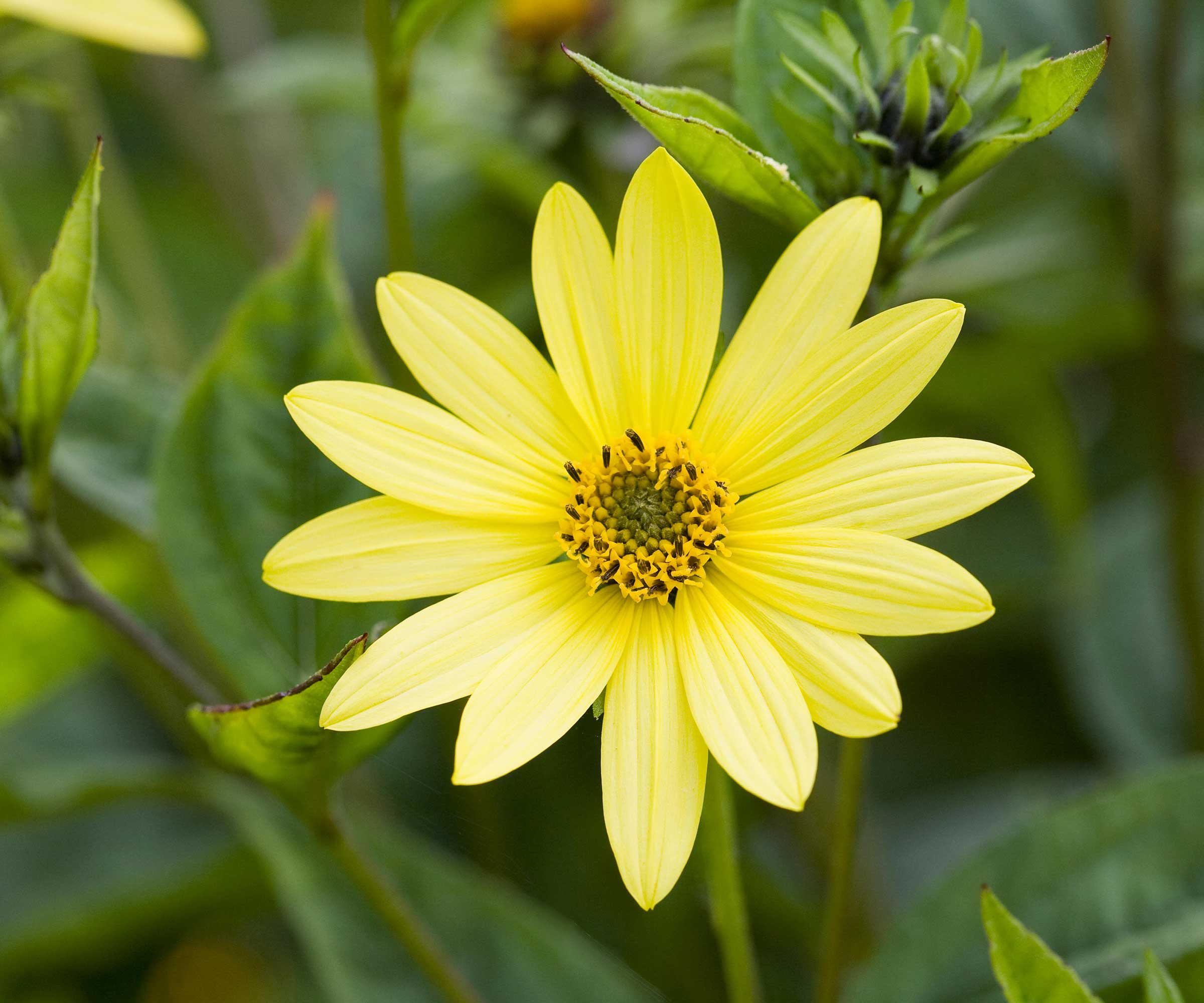
Collect the seeds once they've matured
You can also try growing perennial sunflowers from seed. To avoid spending money on new ones, collect seeds from your garden in the fall. Nastya Vasylchyshyna, a plant expert from Plantum, says to select dry, brown flower heads with mature seeds. 'Cut them off and gently crush them with your hand to extract the seeds. Remove any debris and spread the seeds in a single layer in a warm, dry place for one to two days to let them dry.'
Amy says that most varieties need a period of cold to germinate. You can sow them directly in late fall, after a hard frost but before the ground freezes – this provides the seeds with the cold stratification they need in order to break dormancy, she says. 'The seeds will stay dormant in the soil over the winter and then germinate in the spring as the weather (and soil) warms. This sowing method usually produces stronger, more resilient plants.'
If sowing in fall, Ondrea Kidd, lead floral designer and founder of Sowing Joy Farm in Post Falls, ID, suggests marking the area where you plant the seeds well. This will keep them from being mistaken for weeds in the early spring when eager gardeners may take them out, she says.
Alternatively, you can sow your perennial sunflower seeds in the spring. 'However, a manual cold stratification will be needed to replicate the winter dormancy period in order for the seeds to germinate,' Amy notes. 'About 30 days before you plan to plant, add moist sand or peat moss to a zip-top plastic bag and mix in the seeds. Then place the bag in your refrigerator.'
According to Amy, you can start stratified seeds indoors about eight to 10 weeks before your last expected spring frost date. Ensure your pots have drainage holes and the soil is kept moist. If you're starting them outdoors, she advises waiting until all danger of frost has passed and the soil has warmed above 65°F.
Top tip: 'A good rule of thumb when planting most perennial sunflower seeds is to err on the side of planting too shallow versus too deep,' Amy says, explaining that several varieties need light in order to germinate.

Nastya is a professional botany expert for the Plantum app that helps identify plants and plant diseases and provides care recommendations. Her specialization is plant morphology, phytopathology, and plant physiology.

Ondrea Kidd, founder of Sowing Joy Farm in Post Falls, Idaho, brings happiness to her North Idaho community through organically grown heirloom flowers and thoughtfully curated farm events like Sip & Snip floral nights and Murder Mystery Garden parties. She offers fresh, sustainable bouquets nationwide, wedding floral services, U-Pick experiences, and even private event rentals and an Airbnb stay – all designed to spread joy and connection through nature.
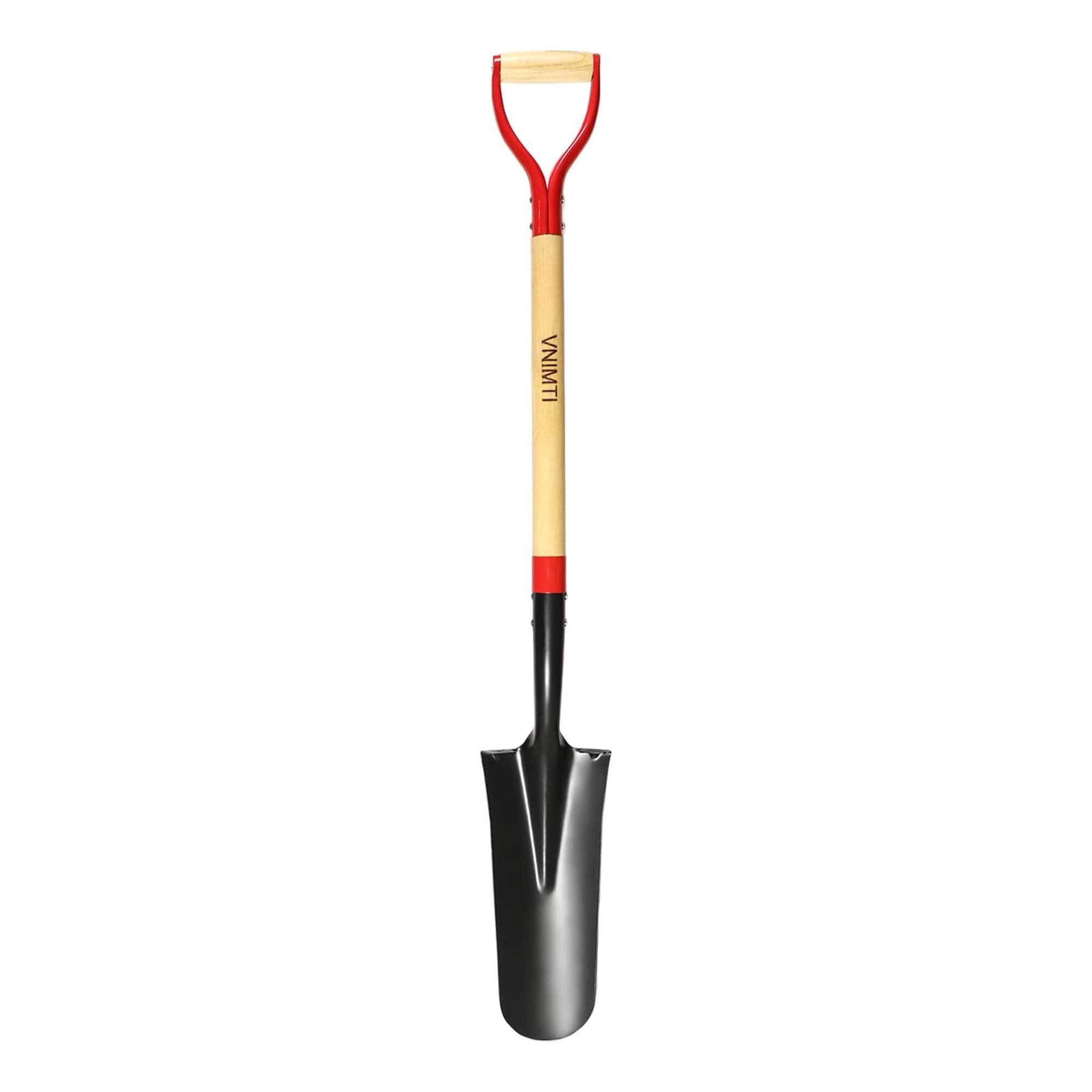
This well-rated spade with its narrow, alloy steel blade is ideal for transplanting sunflower divisions in borders.
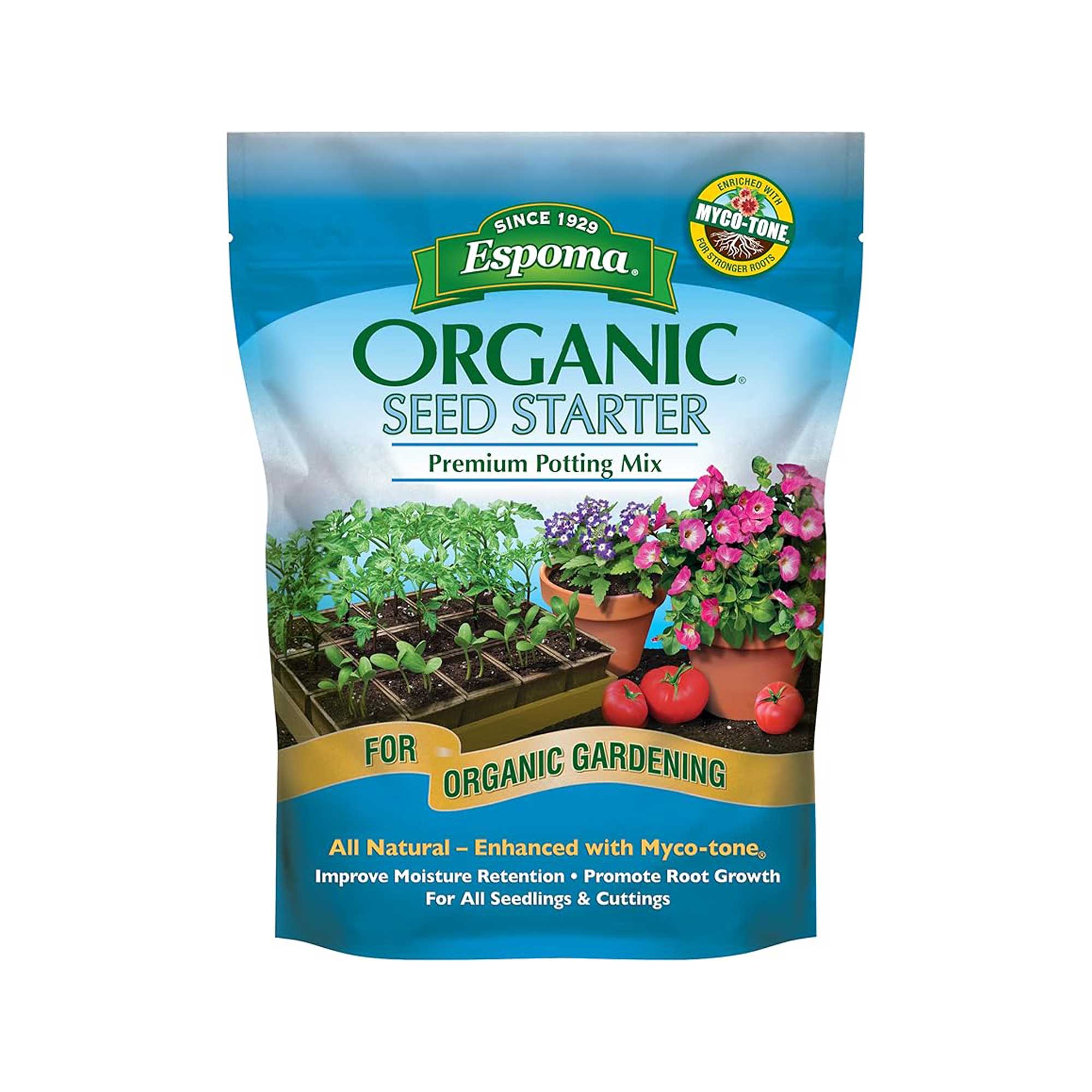
Give perennial sunflower seeds a strong start with this mix. Try using it to propagate other plants from cuttings, too.
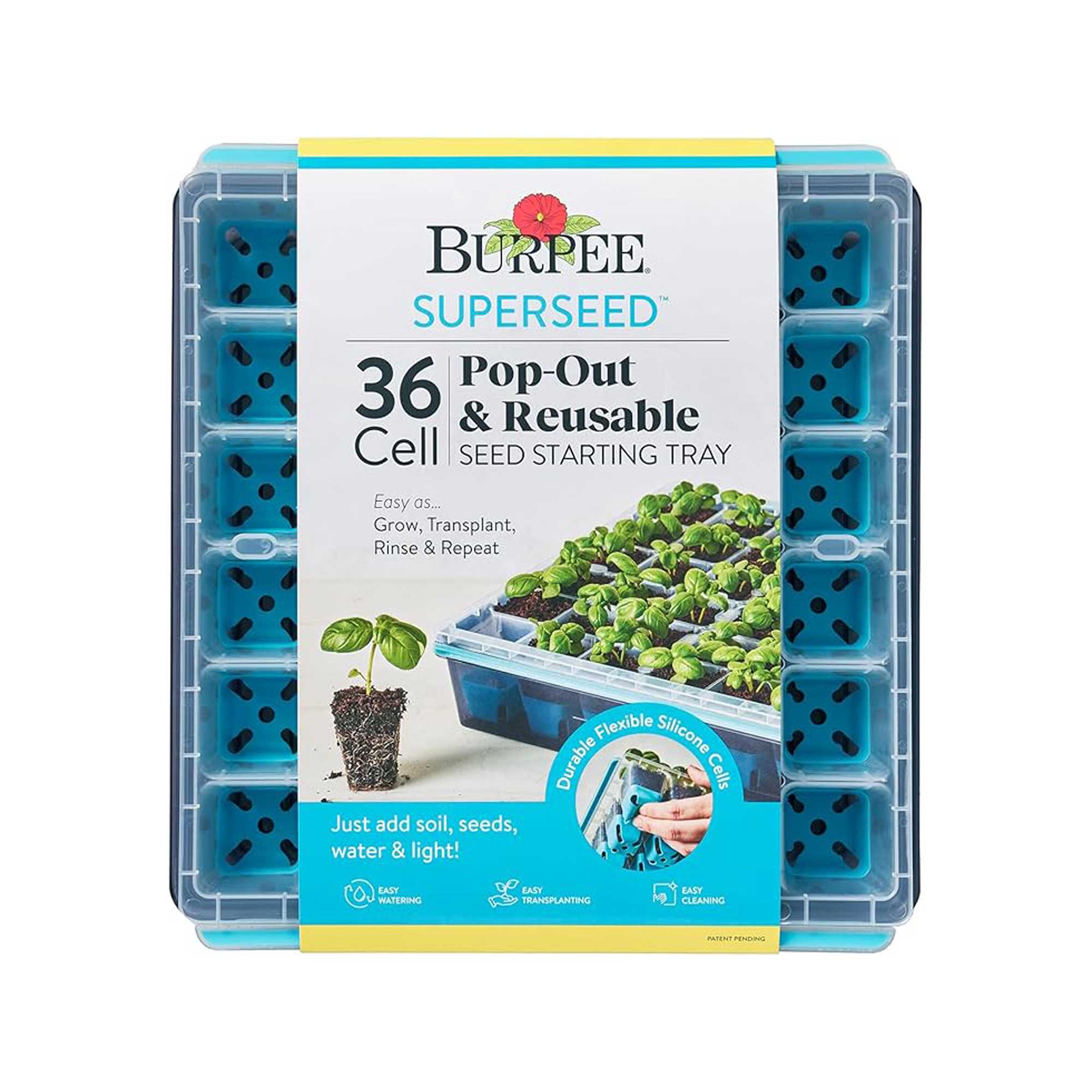
These best-selling seed trays make it easy to remove seedlings when the time comes, due to their flexible design.
FAQs
When should you propagate perennial sunflowers by division?
Nastya says propagating perennial sunflowers by division can be done every two to three years. 'The best time to do this is in fall after the plant finishes flowering, or in early spring once new shoots and a few leaf pairs appear.'
Ondrea agrees that spring or fall, while the soil is warm and workable, is when to carry out this task. 'You want the divided plants to have time to establish themselves in their new space before the heat of summer or frost of winter,' she explains.
How long does it take to propagate perennial sunflowers from seed?
While collecting and sowing perennial sunflower seeds may be low cost, results are certainly not instant. Amy calls it a 'slow, patient process', adding that it can take a year or two before the plants become established enough to produce flowers.
Propagating plants can be a rewarding and budget-friendly way to give your yard an extra boost of flower power, and there are lots of other varieties to try it with. For instance, you might want to try rooting rose cuttings in water, or propagating zinnias from cuttings, for more summer blooms. And don't forget you can propagate many houseplants, too, including succulents.

Holly started writing about gardening five years ago, and she is a regular contributor to Homes & Gardens. She has also written many gardening features for Woman & Home and Real Homes, too. She has previous experience as a professional gardener, where she helped to plant and maintain private gardens. Holly has also looked after allotment plots over the years and loves to grow her own flowers and veggies from seed. In her spare time, she enjoys visiting local gardens, botanical drawing, and tending to her ever-growing collection of houseplants.